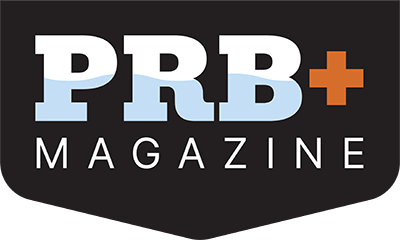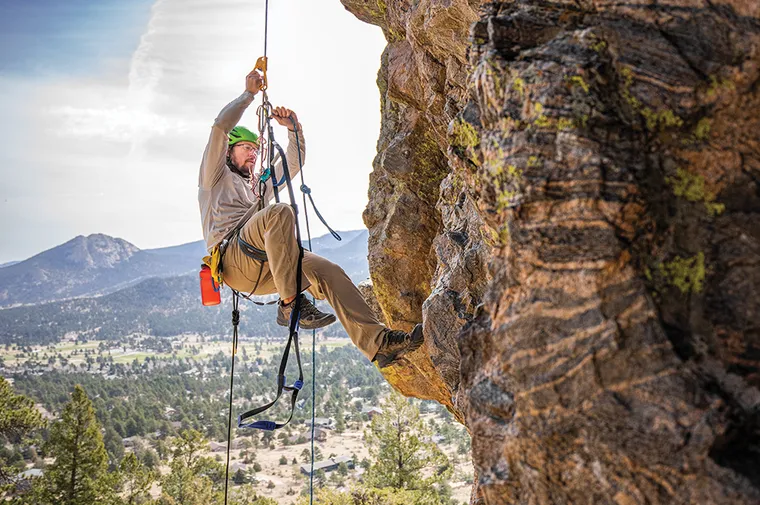Collaborating with local land trusts helps park departments and camps protect and connect properties for public use
Across the country, partnerships with local land trusts facilitate projects with long-term environmental, economic, and social impacts. Expertise in land acquisition, fund development, environmental stewardship, and community engagement can catalyze solutions.
When a shrinking school district left Cleveland, Ohio, with surplus land, city leaders sought partners to reimagine vacant properties. In 2021, the City of Cleveland and Cleveland Metropolitan School District issued a request for qualifications (RFQ) to redevelop former school sites. They envisioned strategic sales that could revitalize neighborhoods while improving equity.
This transformational opportunity intrigued Western Reserve Land Conservancy (WRLC). Better known for projects that protect natural habitats, the accredited nonprofit also aims to provide public parks for recreation and education. Permanently protecting a parcel in the formerly redlined Hough neighborhood would fill a gap, improving residents’ access to greenspace.


